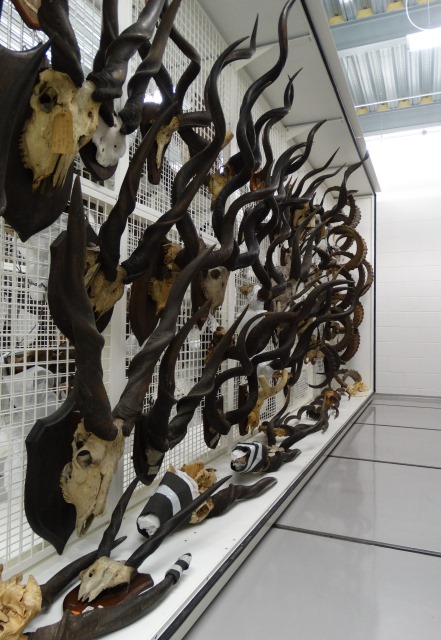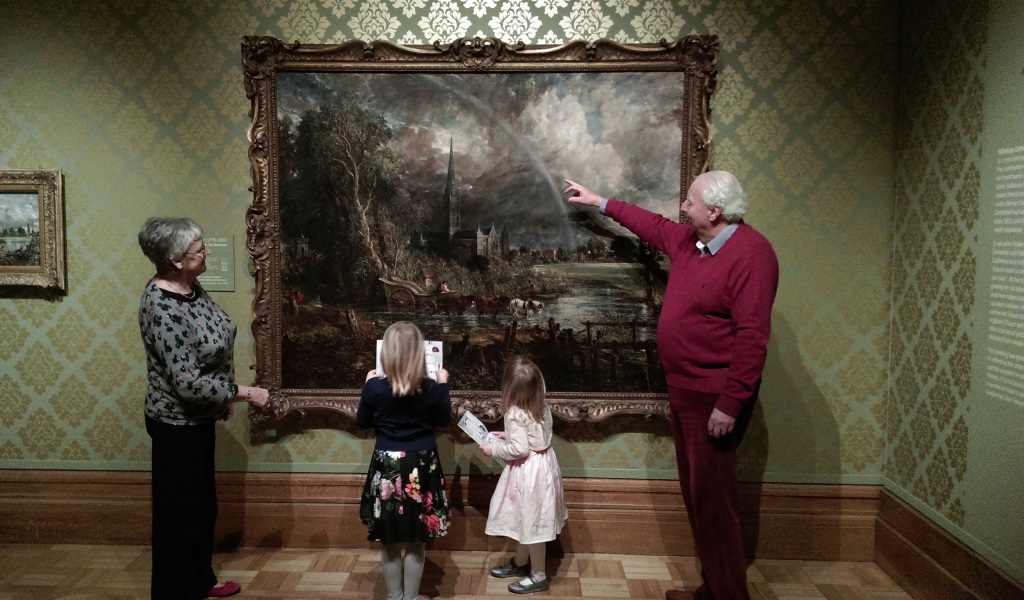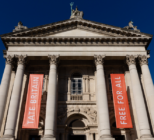Museums + Heritage Advisor talks to museum consultant Emma Chaplin about the changing nature of collections management and takes a closer look at four case studies of organisations doing it well. The Whitworth Art Gallery highlights how a good collections centre can change the dynamic of an organisation. The ss Great Britain and Museums Galleries Scotland are both reaping the benefits of digitising their collections and a collaborative loaning scheme is heralding new appreciation of a masterpiece at Tate Britain.
Museum collections are what make museums enjoyable, educational and exciting and the management of these collections is at the centre of a successful organisation because the objects and their stories are what makes museums special and different from other visitor attractions.
But unless these resources are looked after and managed appropriately, even at a very basic level, and unless a museum knows what resources it has at its disposal then it limits its ability to do anything with them and risks becoming extinct – much like a relic in it its natural history display.
“There’s a much deeper understanding in the sector these days that collections management isn’t an end in itself, managing a collection is all about what you are going to do with the objects eventually,” says museum consultant and collections specialist Emma Chaplin. “Ultimately collections management is good sense, it’s about caring for your resources in the way you maintain a car so it runs properly, and in the same way you care for your collection so your museum can run properly.”
Investment in good collections facilities is also important and in February the Whitworth Art Gallery reopened following a £15m renovation (M+H Advisor special report and video), which put a new collection centre and loading bay at the heart of the project, the services of which were lacking in the old set up and which have now transformed the way the gallery operates. This week National Museums Scotland (NMS) opened a £12m National Museums Collections Centre in Edinburgh, which was funded by the Scottish Government and houses nearly 10 million objects. The new facility is by no means a closed-door operation and will be open to researchers from around the world and also open to visitors through an open day scheme. The centre is already proving essential as NMS prepares to open ten new galleries in the summer of 2016 dedicated to applied arts, design, fashion, science and technology with conservation staff working through thousands of objects.
Nick Fraser, Interim Director of Collections at NMS, says the new building was a really important development as virtually all of its material was now in one geographic location. “More importantly, it means that our collection of natural science, Scottish history and archaeology collections are held in conditions suitable for long-term preservation, properly organised and in an environment where they can be readily accessed by both our own curatorial and conservation staff as well as by researchers from all over the world.”


One of the main standards that governs collections is British Standard PAS 197 (2009), which is a code of practice for cultural collections management and covers, among others, museum collections and archives. The code shows that the collection management policy should support the organisation’s mission statement and also how it develops its collection, including the new things it acquires and those it wishes to dispose of. It also covers the information the organisation holds about its collections, its policy on access and its care and conservation. “That all sits under a collections management policy but it’s all about linking it to your organisation’s mission statement,” says Chaplin. “So I think the big change has been reflected in the standards. Collections management is very much focused on helping to deliver on the overall purpose of the museums, it’s not a separate thing in its own right.”
This is important when making the case for resources, for example spending money on collections management software might not seem important to a governing body spending money on a new exhibition but as Chaplain warns, if a museum cannot keep track of what it has and manage its loans effectively or does not have a place to store its collection then sooner or later it will hamper everything else.
Museums Galleries Scotland, the national development body for museums and galleries in Scotland has realised this need to invest in the management of the country’s collections and is taking the lead by rolling out digital working practices in museums and galleries across the country. It has realised that funding these programmes and providing the necessary skills opens the collections up to a much wider audience and also boosts its outreach potential.
“Investment in collections management is investment in the museum as a whole as long as it’s aligned in the right way,” says Chaplin. “It’s not an end in itself it’s about making something ultimately accessible to a wide range of people.”
Chaplin says a really good case study that combines digitising collections and public engagement – featured in a talk at the Museums + Heritage Show in April – was the ss Great Britain project to digitally catalogue an enormous collection of historic ship plans using volunteers. “I think with projects like this the mystery of the collections is removed and with storage in general there is a move to show people behind the scenes much more, which makes sense as we need to get better at explaining why we have objects that aren’t always on display in the museum and peel away the mystery.”
Peeling away the mystery of collections and taking risks to get objects out on loan comes with having confident collections managers, which Chaplin says brings with it confident museums, which in turn result in great exhibitions and loaning projects. This means that one aspect of collections management is finding out how the public would like to engage with collections and then assessing the risk.
One example of this working well is Aspire, a five-year partnership between five museums and galleries, supported by the Heritage Lottery Fund and managed by Tate Britain, which will see Constable’s Salisbury Cathedral from the Meadow go on almost constant display in England, Scotland and Wales bringing it and its story to thousands of new visitors.
Previous In Focus Reports
The balancing act of designing permanent exhibitions
The process of developing an exhibition from concept to realisation requires an enormous amount of planning and research and the aim is to give the best visitor experience possible by using the right amount of technology and design to tell the story
Valuing, insuring and securing collections
From government and museum-led initiatives to specialist companies there is a wealth of expertise catered to the sector that ensures buildings and collections are secure and accessible
3D Printing – re-making the museum
The use of 3D printers by museums has become more common recently with improvements in technology, lower prices and innovative ways to use them both curatorially and entrepreneurially
The Environmental Control of Collections
The environmental control of collections is essential for the upkeep of objects especially where light, humidity and temperature are concerned and is now a fine science with national standards














